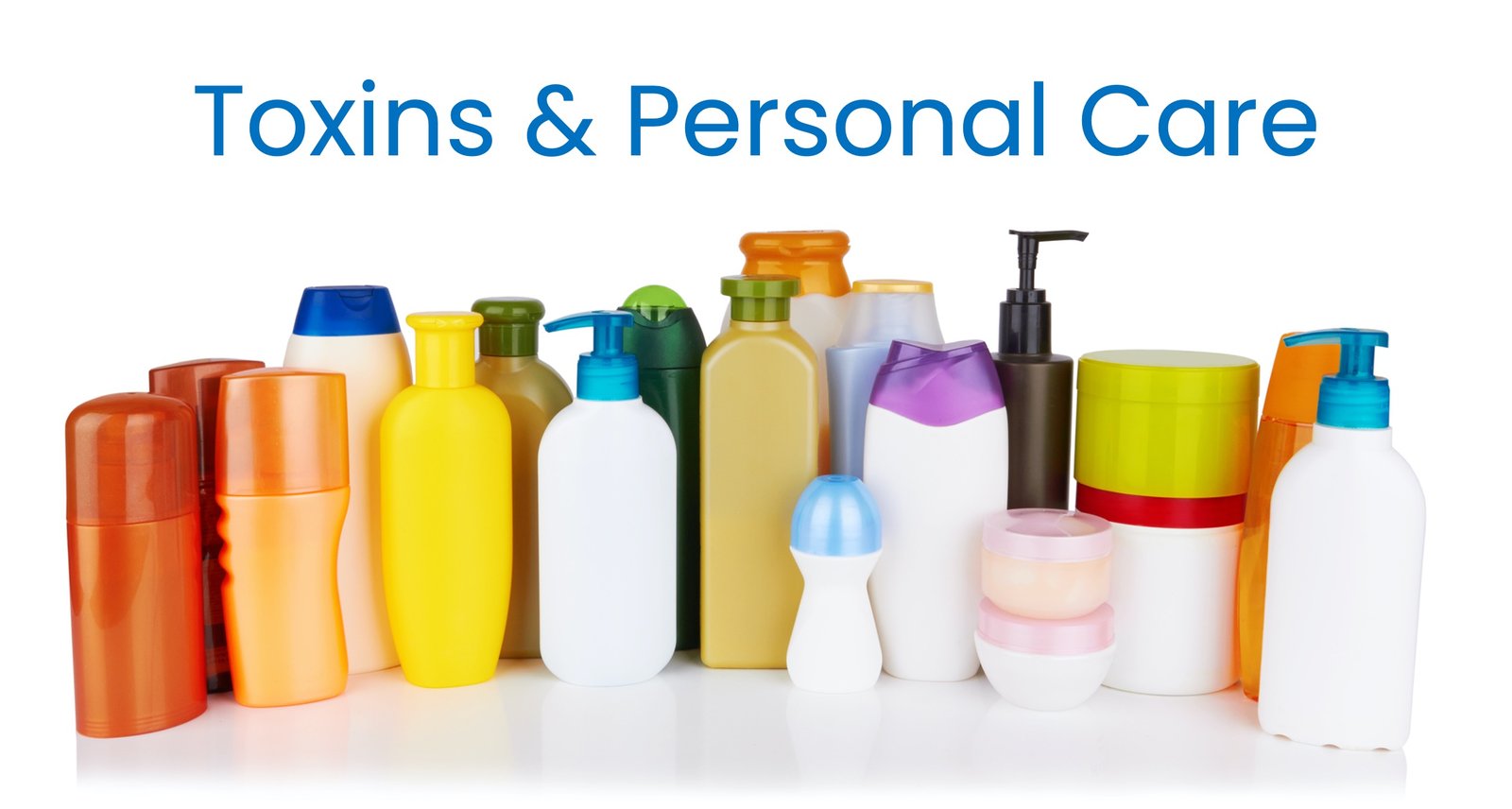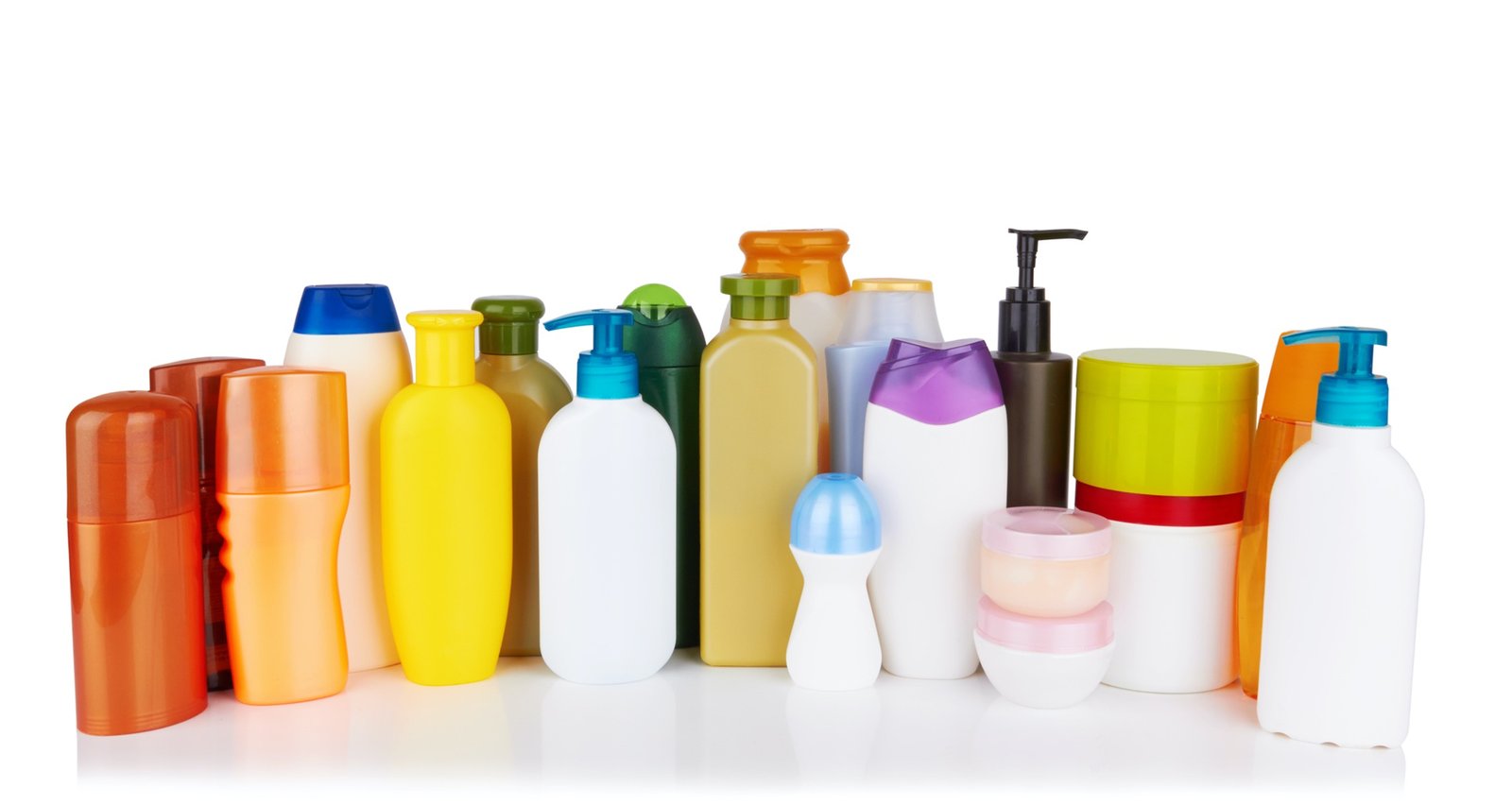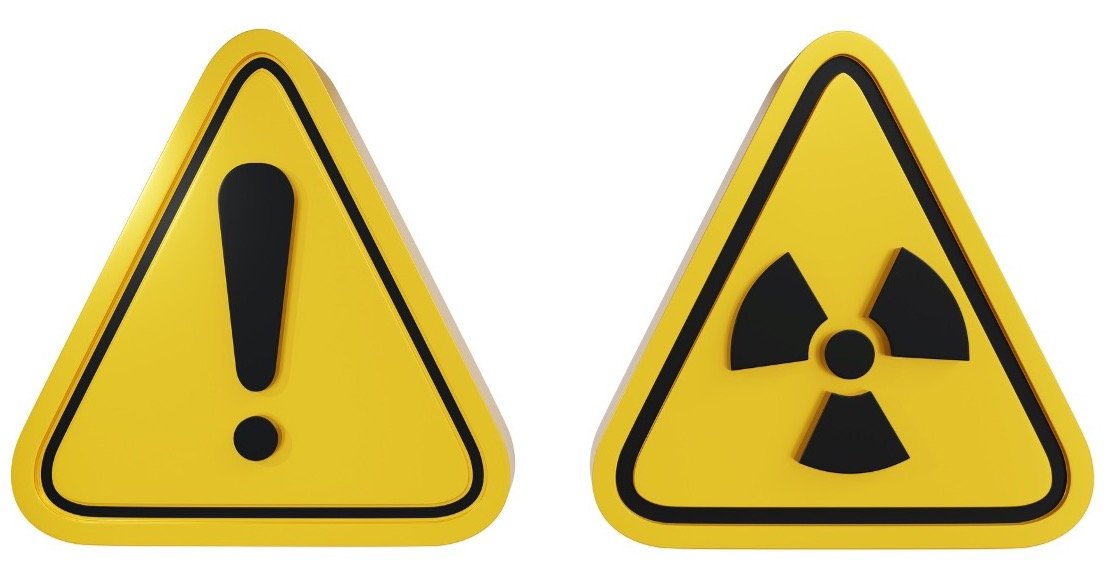
When “Clean” Isn’t Clean
The Hidden Chemicals in Everyday Hygiene
The modern bathroom shelf looks harmless — a place filled with products promising cleanliness, freshness, and beauty.
But hidden behind those promises lies a quiet chemical assault on the human body. From toothpaste and shampoo to deodorants and feminine care, most personal care products are made from petrochemical derivatives, synthetic fragrances, and industrial-grade preservatives — all of which are absorbed directly through the skin and into the bloodstream.
The skin is not a barrier; it’s a living organ — the body’s largest — and what you apply to it becomes part of you.
The Petrochemical Foundation of Modern Hygiene
Almost all mainstream personal care products are made from petrochemical ingredients — substances originally derived from crude oil.
These include surfactants, emulsifiers, and preservatives that make shampoos foam, lotions smooth, and perfumes linger.
Common offenders include:
-
Sodium Lauryl Sulfate (SLS) – a foaming agent linked to skin irritation and endocrine disruption.
-
Parabens – used as preservatives; mimic estrogen and disrupt hormonal balance.
-
Phthalates – found in “fragrance” blends; known endocrine disruptors affecting fertility and fetal development.
-
Formaldehyde releasers (e.g., DMDM Hydantoin) – slow-release carcinogens.
-
BPA and microplastics – added to gels and scrubs, entering the bloodstream through skin pores.
Even “gentle” baby products and “sensitive skin” ranges often contain these compounds — the marketing may be soft, but the chemistry is still hard.
Aluminum, BPA & the Hormone Disruption Cycle
Many deodorants and antiperspirants contain aluminum salts that block sweat ducts.
While effective at reducing perspiration, aluminum is a known neurotoxin that interferes with the body’s natural cooling and detoxification systems.
It has been linked to Alzheimer’s, breast tissue accumulation, and hormonal imbalance — particularly when combined with parabens and synthetic fragrances.
Meanwhile, BPA (bisphenol A) and related compounds like BPS and BPF, found in shampoo bottles and personal care packaging, leach into the product over time — especially when stored in warm, humid environments like bathrooms.
When applied to the scalp or skin, they enter the bloodstream within minutes.
Body Odour: The Body’s Natural Signal
Contrary to marketing messages, body odour is not a disease — it’s a signal.
Odour occurs when bacteria feed on toxins excreted through sweat.
A clean, detoxified body rarely emits strong odour because there’s little to excrete that bacteria can act on.
This means that odour control begins from within — by detoxifying the bloodstream and lymphatic system.
Flush GBI plays a direct role here: by helping remove PFAS, phthalates, heavy metals, and microplastics, it reduces the body’s internal toxic burden, naturally balancing bacteria and eliminating the need for harsh deodorants that interfere with hormonal health.
Female Care: Hidden Dangers in Everyday Products
Few people realise that feminine hygiene products — especially tampons and sanitary pads — are among the most chemically treated consumer items on the market.
Most conventional products contain:
-
Bleached rayon and non-organic cotton (exposed to pesticides and glyphosate).
-
Dioxins (from chlorine bleaching; linked to cancer and reproductive disorders).
-
Phthalates and synthetic fragrances (used to mask odour).
-
Polypropylene, polyethylene, and polyester (plastics that restrict airflow and trap moisture, promoting bacterial imbalance).
-
Superabsorbent polymers (SAPs) (can cause irritation, inflammation, and endocrine disruption).
Scientific reviews and consumer advocacy groups have confirmed that traces of glyphosate and dioxins have been found in multiple tampon brands.
These compounds are endocrine disruptors capable of entering the bloodstream through the vaginal wall — an area of exceptionally high absorption.
Interestingly, surveys show that many women in Asia and the Middle East have traditionally avoided tampons, instead using organic cotton cloth pads or menstrual cups for cultural and health reasons — a practice that significantly reduces chemical exposure.
Safer, Natural Alternatives
Small changes make a big difference. Transitioning to low-tox or toxin-free products drastically reduces long-term accumulation and hormonal interference.
Here are some Flush-approved personal care swaps:
| Conventional Product | Safer Alternative |
|---|---|
| Commercial deodorant (aluminum/parabens) | Mineral salt deodorant, magnesium-based spray, or none after detox with Flush |
| Plastic bottled shampoo & conditioner | Bar shampoos, castile soap, or aloe vera + herbal oil blends |
| Toothpaste with fluoride and SLS | Natural fluoride-free paste with baking soda, bentonite clay, or neem |
| Feminine hygiene (synthetic tampons/pads) | Organic cotton pads, reusable menstrual cups, or natural sponges |
| Plastic or metal razors | Wood-handled razors with replaceable blades |
| Synthetic lotions & perfumes | Cold-pressed oils, essential oils, or natural botanical balms |
Your skin, scalp, and mucous membranes are gateways — not shields. When you switch to natural care, you lighten the toxic load and allow your body’s own detox pathways to thrive.
The Flush GBI Connection
A lifestyle change is only complete when the inside and outside are both addressed.
While Flush GBI and the GBI Enema work internally to cleanse, neutralise, and reset your body’s systems, your personal care choices determine what goes back in.
Together, they form a loop of purification — clean inside, clean outside — supporting the body’s natural harmony.
Our goal at Flush is not just detoxification; it’s education — empowering you to understand what touches your skin, enters your bloodstream, and influences your longevity.
Learn, Replace, Transform
You don’t have to eliminate everything overnight. Start small — change one product at a time. Replace what you can, learn as you go, and explore the Flush Toxins Database for detailed information about each chemical mentioned here.
Every swap reduces your exposure, protects your hormonal balance, and supports the natural detox process that Flush GBI was designed to accelerate.


